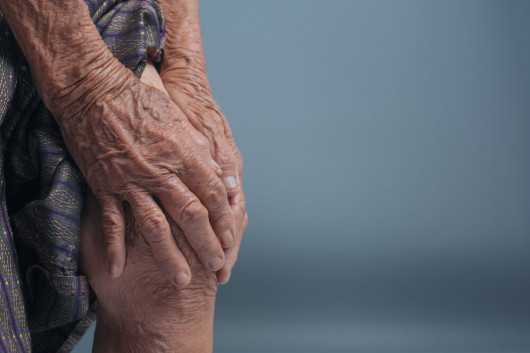Rheumatoid Arthritis: Understanding, Managing, and Living with the Condition
 Rheumatoid Arthritis (RA) is a chronic autoimmune disease that primarily affects the joints, causing inflammation, pain, and stiffness. Unlike osteoarthritis, which is a degenerative joint disease, RA involves the immune system mistakenly attacking the body's tissues, primarily the synovium—the lining of the membranes that surround the joints. This condition can lead to severe joint damage and disability if not properly managed. Causes and Risk Factors Genetic Factors Genetic predisposition plays a significant role in the development of RheumatoidArthritis. Individuals with a family history of the condition are at a higher risk of developing it. Certain genetic markers, such as the HLA-DR4 gene, are associated with an increased susceptibility to RA. Environmental Triggers While genetics may predispose someone to RA, environmental factors can trigger the onset of the disease. Factors such as smoking, infection, and hormonal changes have been linked to the development of Rheumatoid Arthritis. Symptoms and Signs Joint Pain and Stiffness One of the hallmark symptoms of Rheumatoid Arthritis is joint pain and stiffness, typically worse in the morning or after periods of inactivity. This pain often affects multiple joints symmetrically, such as the wrists, knees, and ankles. Swelling and Redness Inflammation of the synovium leads to swelling and redness around the affected joints. This swelling can cause the joints to feel warm to the touch and may impair their range of motion. Fatigue and Malaise RA can also cause systemic symptoms such as fatigue, weakness, and a general feeling of malaise. These symptoms can significantly impact a person's quality of life and ability to perform daily activities. Diagnosis Physical Examination A thorough physical examination by a healthcare professional is essential for diagnosing Rheumatoid Arthritis. They will assess joint tenderness, swelling, and range of motion to determine the extent of the disease. Blood Tests Blood tests, including rheumatoid factor (RF) and anti-cyclic citrullinated peptide (anti-CCP) antibodies, can help confirm the diagnosis of RA and assess disease activity. Imaging Tests X-rays, ultrasound, and MRI scans may be used to visualize joint damage and inflammation associated with Rheumatoid Arthritis. Treatment Options Medications Several medications are available to manage Rheumatoid Arthritis symptoms and slow disease progression, including nonsteroidal anti-inflammatory drugs (NSAIDs), disease-modifying antirheumatic drugs (DMARDs), and biologic agents. Physical Therapy Physical therapy and exercise programs can help improve joint function, strengthen muscles, and reduce pain in individuals with RA. Surgery In severe cases of Rheumatoid Arthritis where joint damage is significant, surgical interventions such as joint replacement may be necessary to restore function and mobility. Lifestyle Management Exercise and Movement Regular exercise, including low-impact activities like swimming and yoga, can help improve joint flexibility and overall physical function in people with Rheumatoid Arthritis. Diet and Nutrition Maintaining a healthy diet rich in fruits, vegetables, whole grains, and omega-3 fatty acids can help reduce inflammation and manage RA symptoms. Stress Management Stress can exacerbate Rheumatoid Arthritis symptoms, so finding effective stress management techniques such as mindfulness meditation or relaxation exercises is crucial for managing the condition. Complications Joint Damage Untreated Rheumatoid Arthritis can lead to progressive joint damage, deformity, and disability over time. Cardiovascular Disease Individuals with Rheumatoid Arthritis are at a higher risk of developing cardiovascular disease, including heart attack and stroke, due to chronic inflammation. Rheumatoid Nodules Rheumatoid nodules are firm lumps that develop under the skin in some people with RA, typically around pressure points or joints. Living with Rheumatoid Arthritis Support Groups Joining support groups or connecting with others living with Rheumatoid Arthritis can provide valuable emotional support and practical advice for managing the condition. Adaptive Devices Using adaptive devices such as splints, braces, or assistive tools can help individuals with RA perform daily activities with less pain and strain on their joints. Coping Strategies Developing coping strategies such as pacing activities, prioritizing tasks, and asking for help when needed can help individuals with Rheumatoid Arthritis manage their symptoms and maintain independence. |
Abone ol ve malalelerin yayınla:















